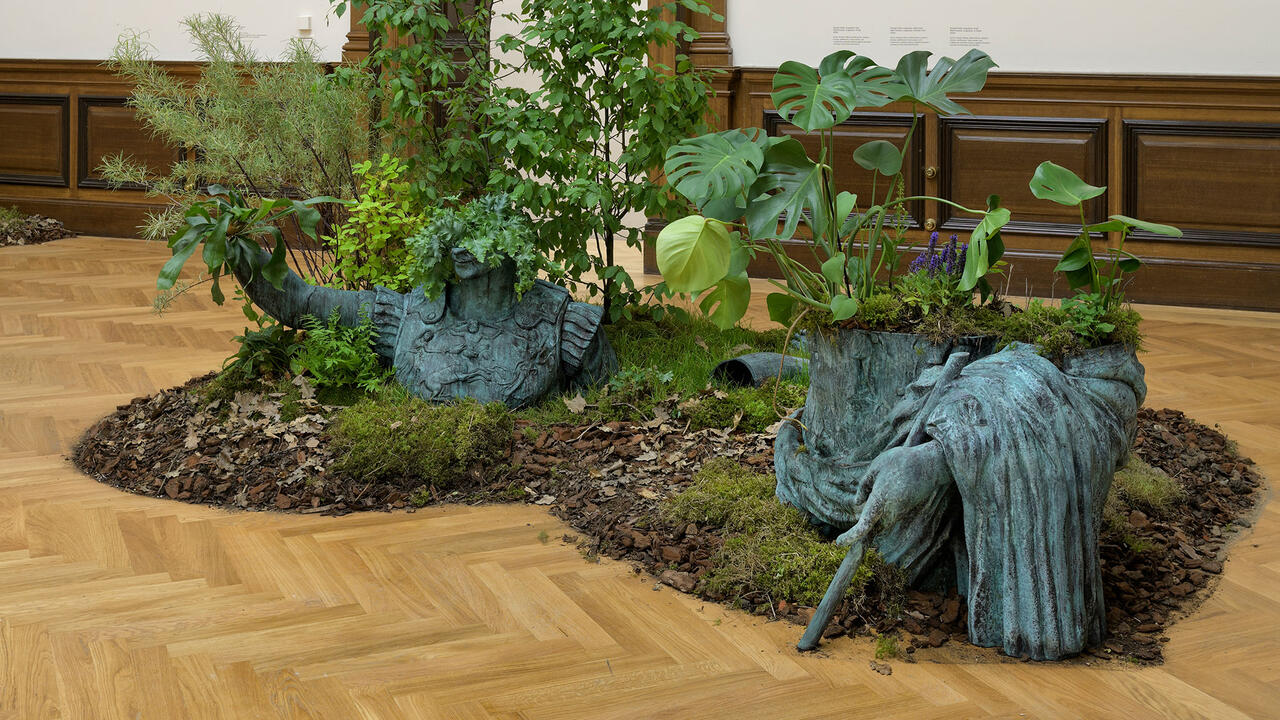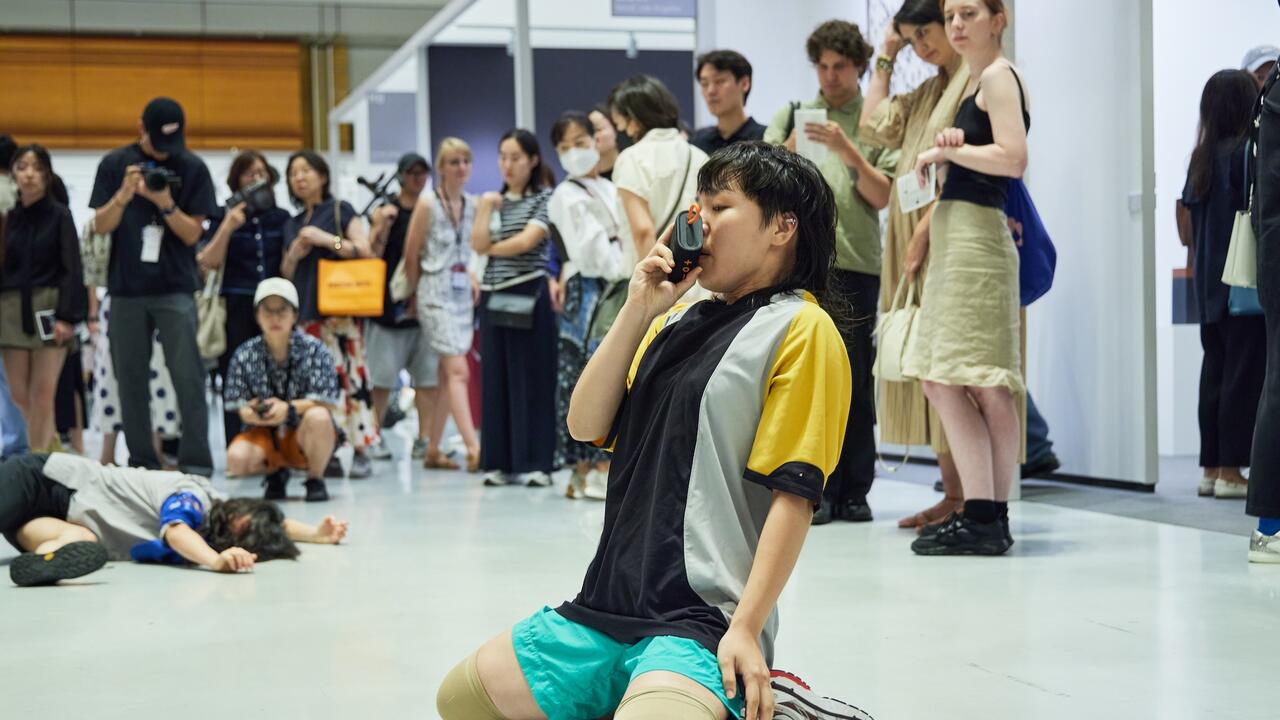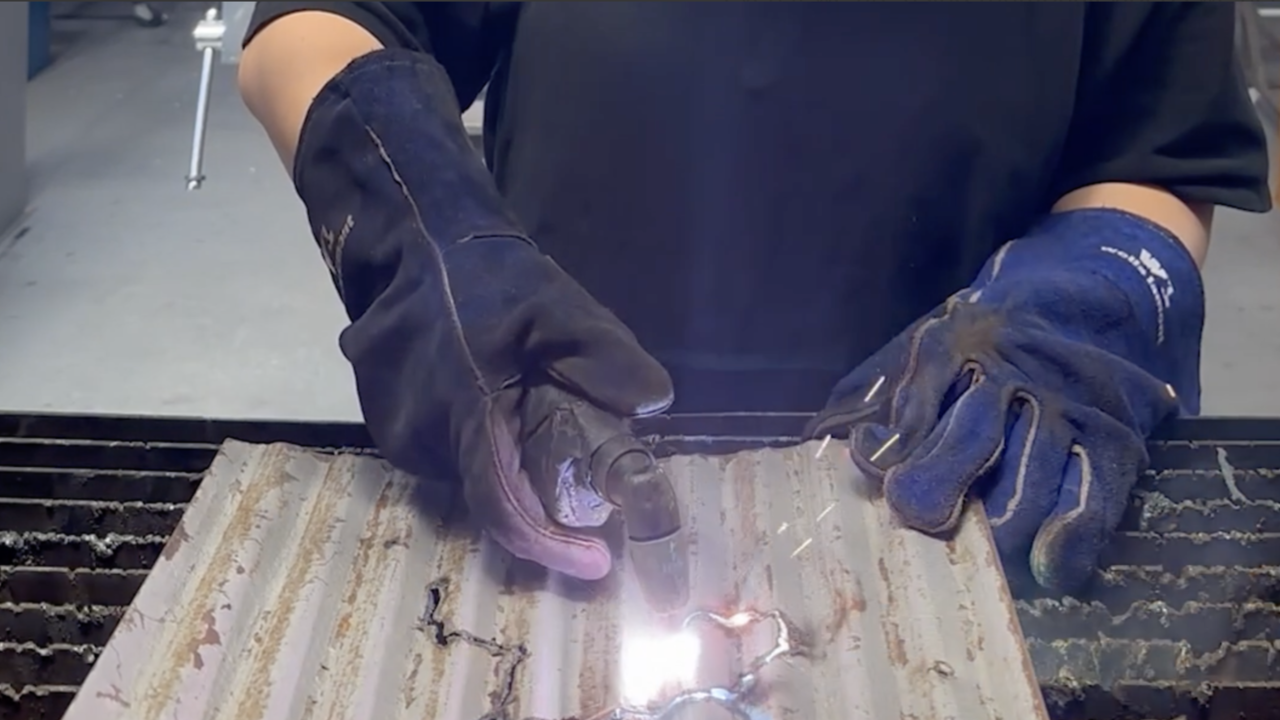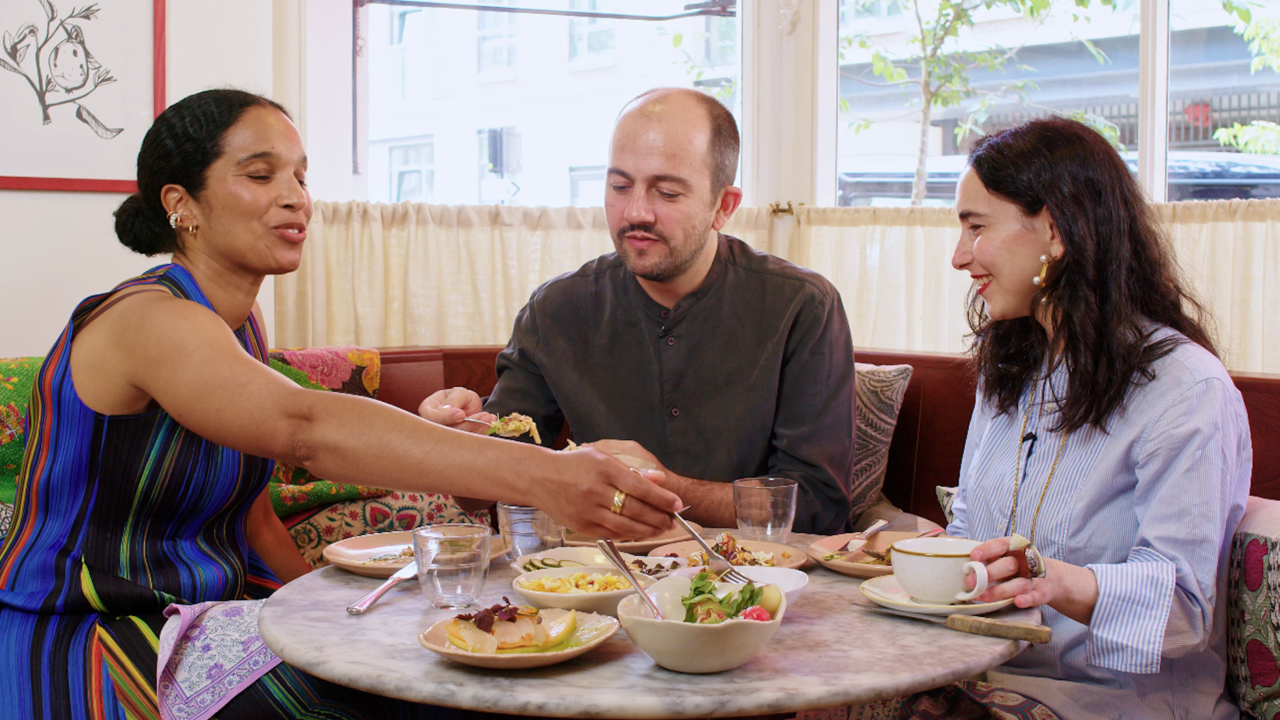Fuoriclasse

In the early 1990s, when Alberto Garutti moved from the Fine Arts Academy of Bologna to the Academy of Fine Arts of Brera in Milan, many of his students (including Simone Berti, Giuseppe Gabellone, Stefania Galegati, Deborah Ligorio, Claudia Losi, Diego Perrone and Alessandra Tesi) packed and moved with him, to prove their attachment to one of the few courses in Italy whose goal was creating the right environment ‘where art might happen’, as John Baldessari once described his lessons at CalArts. Twenty years on, it’s still happening, while the successful careers of several former students have consolidated Garutti’s reputation. In anticipation of his first retrospective at the Pavilion of Contemporary Art (which opened in Milan in November), curator Luca Cerizza (a frieze contributor) invited 55 artists who studied with Garutti in Bologna, Milan and Venice to take part in a group homage. The ironic title, ‘Fuoriclasse’ – which translates as both ‘outstanding’ and ‘outside the classroom’ – evokes a high-school reunion, along with all the anxieties about success and failure that entails.
The location of the show added to the atmosphere of clashing generations – the exhibition spread across two floors of the Galleria d’Arte Moderna, a stunning neoclassic villa which hosts the 19th-century Milanese collection – Garutti’s students rubbed shoulders with Antonio Canova, Medardo Rosso and Giovanni Segantini. I saw ‘Fuoriclasse’ twice. The first time, I began with the final work in the show, Roberto Cuoghi’s brilliant Untitled (2012), a bronze cast of Garutti’s head and hand (a form of post-mortem portraiture of the great maestri common until the invention of photography). It’s finely inflected with Cuoghi’s macabre sensibility as well as with Garutti’s motto: ‘Modus vivendi, non modus operandi!’ (art is a way of living, not a way of doing). Ending with Patrizio Di Massimo’s I Have to Improve My Work! (2003) – the replica of a work in the shape of a birthday banner he once installed in the classroom – my visit thus went from self-affirmation to self-criticism, and I left pondering how often, in Italy, the past seems to patronize the present.
A few days later, I returned and reversed the route, progressing from self-improvement to emancipation. It felt better. The first generation of so-called Garuttians are the most confident: Lara Favaretto’s cube of blue confetti (Untitled, 2011) stole the show, undaunted – like Gabellone’s sealed crate, bolted shut (Untitled, 2000) and Patrick Tuttofuoco’s oversized fibreglass mask (Cameron, 2009) – by its Old Master environment. Italo Zuffi presented a series of his early floor sculptures in plaster, modelled after the Utopian neoclassical architectures of Étienne-Louis Boullée, but ‘vandalized’ with graffiti as if to reflect youthful irreverence (Osservatori trasportabili con ipotesi di graffiti, Portable Observatories with Graffiti Hypothesis, 1998). The eye candy was Berti’s ‘Artisti che si ripetono’ (Artists Who Repeat Themselves, 2012), a new series of hilarious animated digital portraits of Italian artists, projected onto the backs and bottoms of the Galleria’s marble beauties, in partial revenge for the ‘untouchable’ authority of the past.
In the grand dining room, Riccardo Beretta’s Donnerwetter (2011–12) – two clavichords designed by the artist – were concealed among the original furniture, as was Perrone’s uncanny ear-shaped sculpture in glass (Arancio e Viola, Orange and Purple, 2012), while Riccardo Previdi played against the grain with abstract compositions (Illuminati, Illuminated, 2009). Promising young artists such as Francesco Joao Scavarda, who built an impressive urn-like structure in black polyurethane (Turned Up Mould, 2012), occasionally took centre stage, but more often than not (as was the case with Marco Basta, Derek Maria Francesco Di Fabio, Beatrice Marchi, Anna Mostosi and Davide Stucchi) their work was kept to a fairly low volume and equally small scale, suggesting that such an economy of means might also be the consequence of tiny budgets – ‘Fuoriclasse’ was (meagrely) sponsored by the municipality. Despite Garutti’s interest in public art, only a few participants decided to work outside: in the park behind the Villa, Ettore Favini installed a series of wooden rods (Come se i bambini ci mostrassero la natura, As if Kids Showed Us Nature, 2012) for children to play with, while Galegati wrote a story taken from a book by Rosa Matteucci with chalk on the footpath, which ran for several blocks (When the Moon Hits Your Eye, 2012). Diego Tonus asked some amateurs to perform his ‘compositions of laughter’ around the city, without any notice. It reminded me of an old subversive slogan: ‘A laughter that will bury you all.’
















